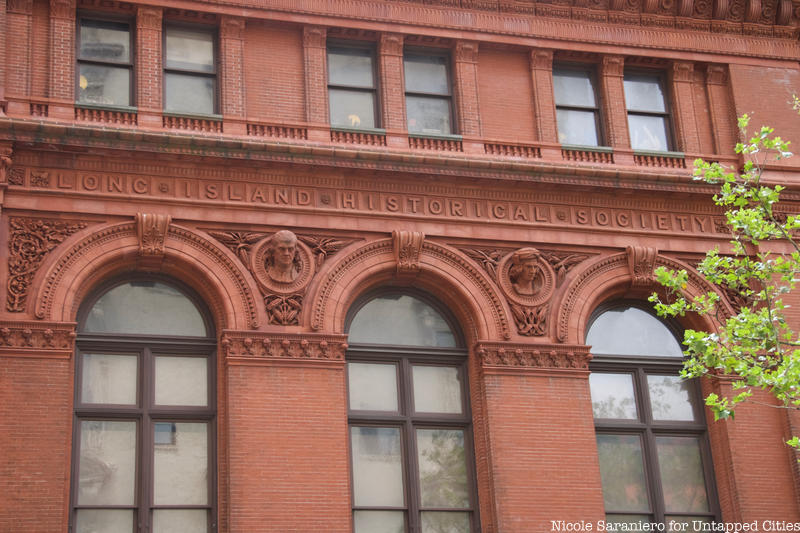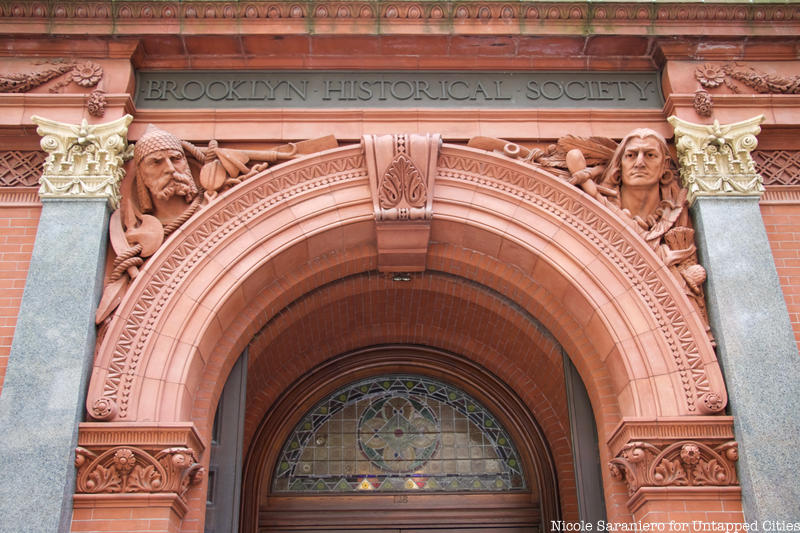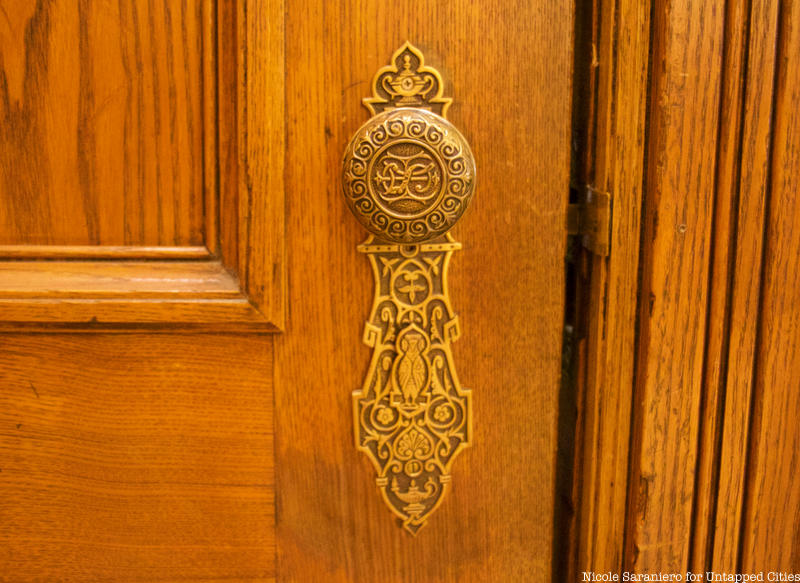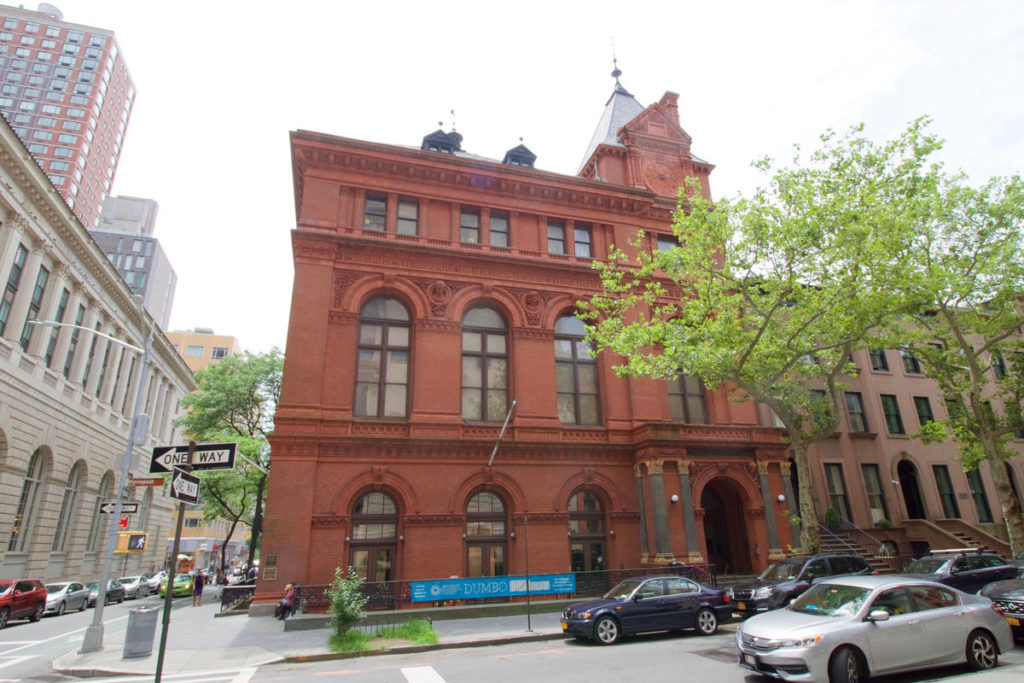In October 2020, the two venerable institutions of the Brooklyn Historical Society (BHS) and Brooklyn Public Library (BPL) merged to create the Center for Brooklyn History, effectively creating the largest Brooklyn-related collection in the world. Housed in an eye-catching red building on the corner of Clinton and Pierrepont Streets in Brooklyn Heights, the Center for Brooklyn History has adapted, expanded, and grown with its surrounding community. History is not just something that happened in the past here, history is something that is made every day. Dedicated to preserving and encouraging the study of Brooklyn’s extraordinary 400-year history, the Center for Brooklyn History not only preserves the borough’s past but also connects to present-day communities. Here, we take a look at 10 secrets from the building’s history and explore modern-day community initiatives!
On February 24th, join Untapped New York Insiders for a tour of the Center for Brooklyn History and Othmer Library with Marcia Ely, Director of Programs, and Dominique Jean-Louis, Chief Historian! This tour is free for Untapped New York Insiders. Not an Insider yet? Become a member today with code JOINUS and get your first month free.
1. It Used to Be Called the Long Island Historical Society

Looking at the front facade of the Center for Brooklyn History’s 1881 George Post-designed building, you may notice there are two different names emblazoned on the stonework. When the Brooklyn Historical Society was founded in 1863, it was called the Long Island Historical Society. At the time, Brooklyn was the westernmost city on Long Island. In the mid-1800s Brooklyn experienced a boom, transforming drastically from a rural setting to a bustling metropolitan area. The city’s population skyrocketed from just 4,000 to 300,000 people by 1860 and by the late 19th century, Brooklyn was the third largest city in the world. Brooklyn would join Manhattan as a borough of the Greater City of New York in 1898. The city’s most prominent citizens saw in these times of rapid change the need to record the memory of Brooklyn’s rural origins, and so set up the society as a library to preserve the history of “the counties, towns, and villages of Long Island,” as well as the state and country at large.


As Brooklyn continued to change throughout the 19th and 20th centuries, the Historical Society grew and adapted to it. The borough took on a character distinct from the rest of Long Island as its population diversified and the towns became more urban. In 1985 the Historical Society changed its name to the Brooklyn Historical Society. The stonework above the main entrance which previously read “Long Island Historical Society” was covered by a new sign, but the large etched-in label that stretches across the building’s front facade remains unchanged. You can also see traces of the original name inside in details like the intricately decorated doorknobs throughout the building which has “LIHS” incorporated into the knob design. The Historical Society underwent another change in 2020 when it merged with BPL to become the Center for Brooklyn History.






